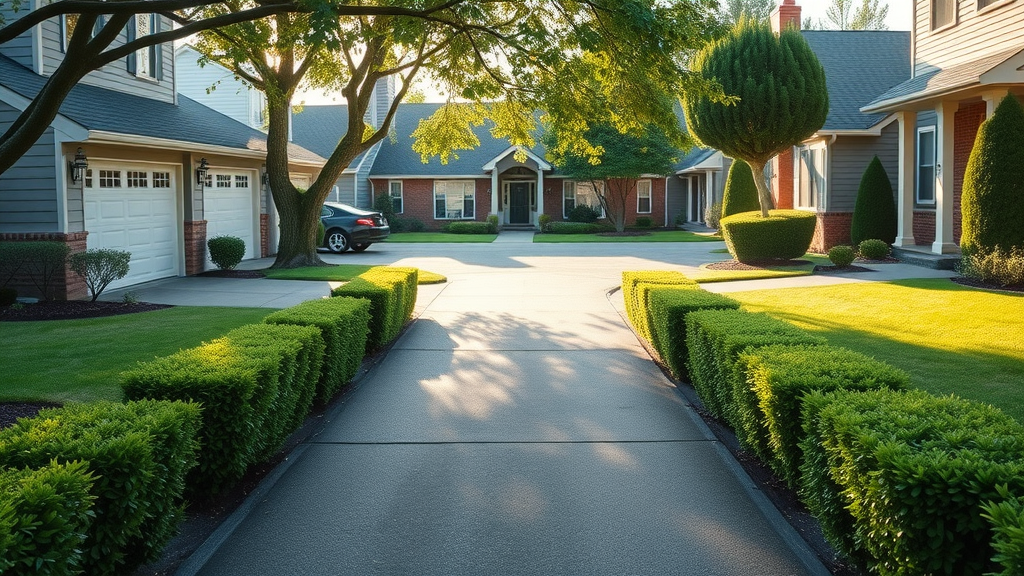Did you know that nearly 40% of roofing project delays stem from inadequate site preparation and access issues?
This startling fact highlights the critical importance of ensuring proper
roofing contractor access and utilities
before your project begins. Whether you’re replacing a roof on your home or managing a larger property, preparing access paths and utility provisions can make all the difference in ensuring a smooth, efficient, and safe roofing process. This comprehensive guide walks you through everything you need to know – from clearing your property to securing utilities, plus expert advice for seamless communication with your roofing team.
Startling Facts About Roofing Contractor Access and Utilities
Many homeowners underestimate how much the accessibility and utility setup impact a roofing project’s timeline and quality. Inadequate site clearance can lead to accidents, damage to personal property, and even increased costs. Ensuring
roofing contractor access and utilities
are properly addressed is not just about convenience—it’s about safety and efficiency. According to roofing industry experts, providing clear, obstruction-free access can reduce project duration by up to 25%, while easy utility access prevents costly interruptions caused by a lack of power for essential tools.
What You’ll Learn About Roofing Contractor Access and Utilities
-
How to prepare your property for roofing contractor access
-
Key utilities roofing contractors require on site
-
Common challenges and how to avoid them
-
Expert tips from industry professionals
-
Answers to frequently asked questions about roofing contractor access
Understanding Roofing Contractor Access and Utilities
Importance of Clear Access for Roofing Contractors
Clear
roofing contractor access and utilities
are foundational to any successful roofing project. Access refers to the physical pathways and spaces enabling contractors to transport materials, safely position ladders and scaffolds, and move freely around your property.
Imagine an
orderly residential driveway
free from clutter or vehicles—this kind of setup not only makes the contractor’s job easier but significantly improves site safety. Unobstructed access minimizes the risk of injury and prevents delays caused by contractors having to maneuver around obstacles. It also protects your property, reducing the chance of accidental damage.
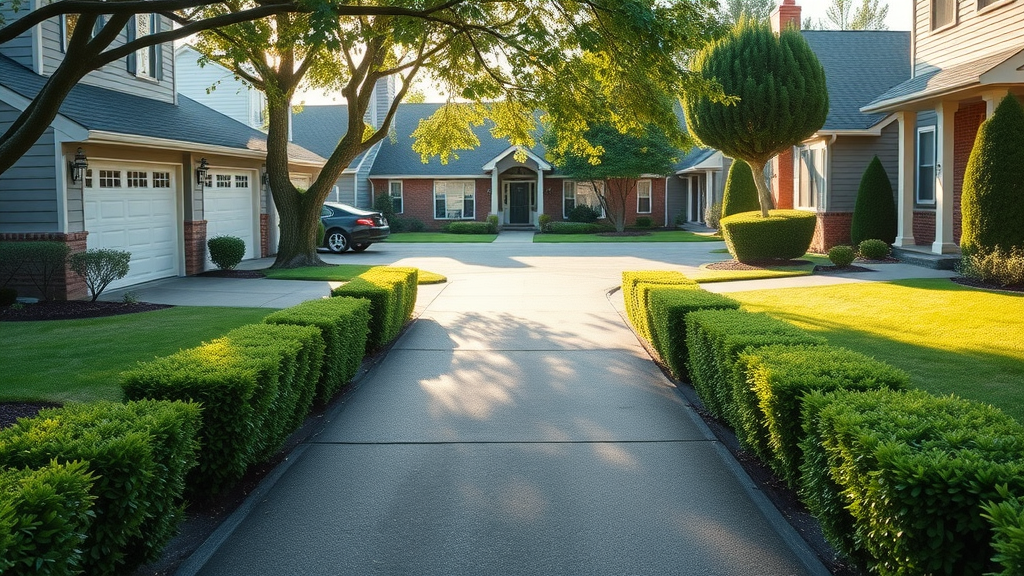
William Sweeney, of Fiddler Roofing Inc., emphasizes, “Ensuring your property is clear and accessible not only speeds up the roofing process but also minimizes risks and potential damage. Clear communication and understanding of utility needs are key to a successful project.” This underscores that physical access is only part of the equation; utility access is equally critical.
For those managing larger properties or commercial spaces, there are additional considerations for access and utility setup. You can explore more detailed strategies for optimizing contractor logistics and site readiness in our guide to
commercial roofing solutions
, which covers unique challenges and best practices for business and multi-unit projects.
Essential Utilities Needed by Roofing Contractors
While roofing work is primarily manual and outdoors, contractors rely heavily on utilities for their tools and safety equipment. Access to electrical power outlets is essential for operating nail guns, electric saws, and other power tools critical to effective roofing.
In most cases, exterior outlets or temporary power setups are necessary. Contractors might also require water access or lighting in certain conditions. It’s important to discuss these requirements upfront to avoid project interruptions. Preparing utilities on site often involves backing up circuits and ensuring safe electrical connections compliant with local regulations.

Preparing Your Property for Roofing Contractor Access and Utilities
Clearing the Area Around Your Home
Properly clearing your property is a vital preparatory step to accommodate the roofing crew and materials. This includes removing all vehicles from driveways and vicinity, relocating patio furniture, garden tools, and any outdoor decorations to a safe location, away from the work zone.
Delicate landscaping, such as plants or flower beds adjacent to your home, should be carefully covered or temporarily relocated. Such protective measures prevent damage from falling debris or accidental foot traffic by workers.
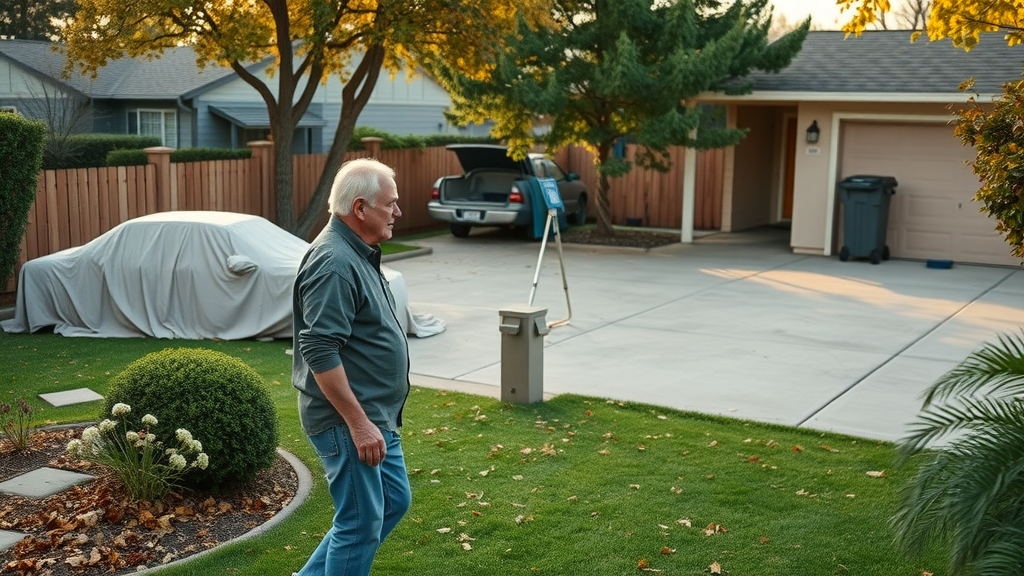
Protecting Valuables Inside and Around Your Home
Roof replacements can generate dust, vibrations, and debris that may penetrate into your attic or inside your home, potentially damaging stored belongings or fragile items. Homeowners should cover all attic contents with tarps or sheets. Additionally, removing or securing fragile items inside your home from walls and shelves can prevent accidental damage due to vibrations or jostling.
Ensuring Utility Access and Compliance
It is the homeowner’s responsibility to guarantee that all utilities required by the roofing contractor are accessible and compliant with regulations. This includes confirming that power outlets are operational and appropriately located near work areas. Also, it’s crucial to ensure there are no blocked utility easements or restrictions that could hinder roofing activities.
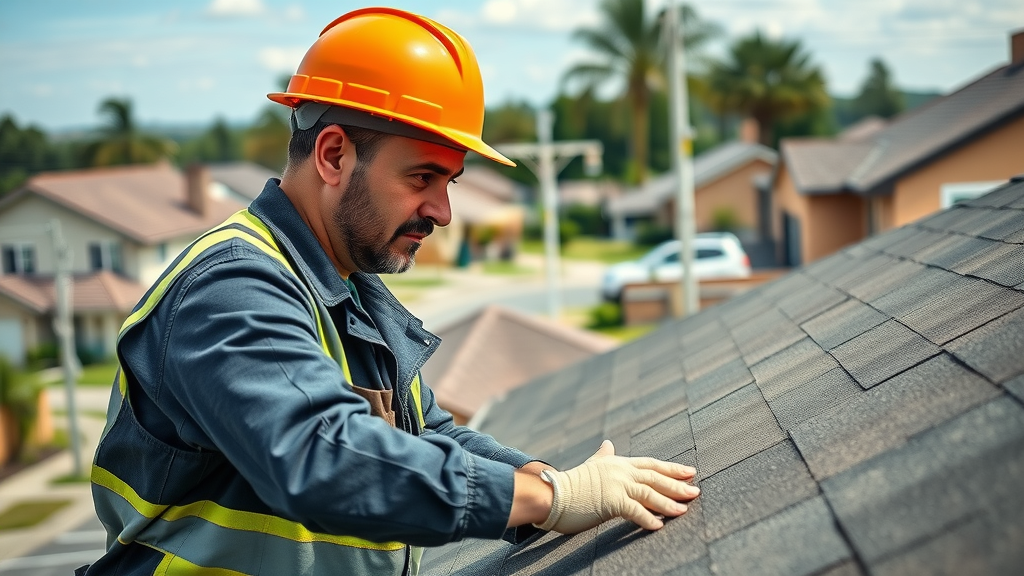
Communicating Effectively with Your Roofing Contractor and Neighbors
Planning for Pets and Children During Roofing Work
Roofing projects can be loud and disruptive, which may cause stress or safety concerns for children and pets. Homeowners are advised to create a calm, safe space away from the construction zone or consider taking pets and kids out for the day. Effective communication with your contractor about daily timelines and areas to avoid can ensure a safe environment for your family.

Common Tools and Safety Equipment Used by Roofing Contractors
Hard Hats, Nail Guns, and Toe Boards
Roofing contractors come equipped with essential safety gear such as hard hats for head protection, nail guns to speed nail placement, and toe boards to prevent slips and falling debris on pitched roofs. These tools and equipment require power sources and clear access for safe setup.
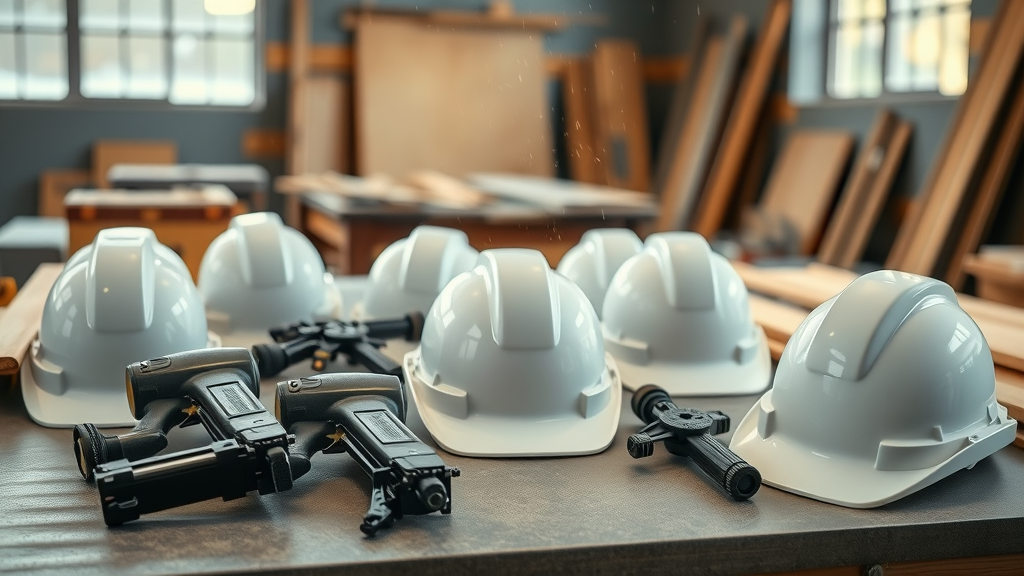
Building Permits and Utility Easements: What Homeowners Should Know
|
|
||
|
Requirement |
Description |
Who is Responsible |
|---|---|---|
|
Building Permit |
Official approval from local authorities to perform roofing work |
Homeowner/Contractor |
|
Utility Easement |
Legal right for utility companies to access property for maintenance |
Homeowner |
|
Power Access |
Availability of electrical outlets for contractor tools |
Homeowner |
|
Clear Access Path |
Unobstructed pathways for materials and equipment |
Homeowner |
Expert Insights & Best Practices for Roofing Contractor Access and Utilities
John Petrozzi, of Fiddler Roofing Inc., explains,
“Proper preparation of your property not only speeds up the roofing process but also minimizes risks and potential damage. Clear communication and understanding of utility needs are key to a successful project.”
Taking a proactive approach by clearing your property, securing utilities, and communicating openly with your contractor helps avoid common pitfalls. Early planning and transparency about your site conditions and expectations can save time, money, and stress.
People Also Ask: FAQs About Roofing Contractor Access and Utilities
Do roofers need access to a house?
Generally, roofers require access to the exterior of the house only, but sometimes they may need to access the attic for inspections or debris removal. It’s best to clarify with your contractor beforehand to prepare accordingly.
How do you know if your roofing contractor is ripping you off?
Watch for red flags such as unusually low bids that exclude important services or materials, lack of proper licensing or insurance, unclear contracts, and refusal to provide references. Always verify credentials and get multiple quotes to ensure fair pricing.
What to ask your roofing contractor?
Ask about their experience, licensing, insurance, timeline estimates, warranty coverage, and if they will handle necessary permits. Discuss utilities and access requirements clearly to prevent surprises.
How much should you pay a roofing contractor?
Costs vary based on roof size, materials, and complexity. Obtain detailed bids and compare. Avoid the cheapest estimate as quality and safety can be compromised.
Key Takeaways on Roofing Contractor Access and Utilities
-
Clear and safe access
is essential for roofing contractors to work efficiently. -
Providing
power outlets
or discussing alternatives prevents work delays. -
Understanding and complying with
utility easements
and
building permits
protects your project.Note: Fiddler Roofing will apply ,obtain and pay for the building permits
-
Effective communication with contractors and neighbors fosters a smooth roofing experience.
Conclusion: Preparing for a Successful Roofing Project
Successful roofing projects hinge on meticulous preparation of your property’s access and utilities. By proactively clearing spaces, ensuring availability of power sources, protecting valuables, and maintaining open communication, you pave the way for an efficient, safe, and cost-effective roofing process. Remember, the vital role of
roofing contractor access and utilities
cannot be overstated—neglecting these aspects invites delays, extra costs, and frustration. Take the time now, and your roofing project will likely be smooth and successful.
If you’re interested in the values and vision that drive exceptional roofing service, take a moment to discover
Fiddler Roofing’s brand story
. Understanding the principles behind your contractor’s approach can offer deeper peace of mind and help you build a partnership rooted in trust and transparency. Explore how a commitment to quality, safety, and customer care shapes every project, and gain insights that can guide your next steps—whether you’re planning a new roof or simply want to work with a team that shares your priorities.
Ensuring proper access and utility provisions for roofing contractors is crucial for the efficiency and safety of your roofing project. The article “5 Common Site Access Problems to Avoid by Using a Roof Work Safety Checklist” highlights key issues such as electrical safety, the presence of children and pets, vehicle obstructions, equipment placement, and overhanging trees that can impede roofing work. Addressing these factors can prevent delays and enhance site safety. (
becn.com
)
Additionally, “6 Roofing Project Site Considerations: What You Don’t Know” emphasizes the importance of planning for contractor vehicle parking, equipment staging, and ensuring access to power sources. It also discusses the necessity of providing roof access and restroom facilities for the crew, as well as protecting your property from potential damage during the roofing process. (
dctaylorco.com
)
By proactively addressing these considerations, you can facilitate a smoother and more efficient roofing project.

